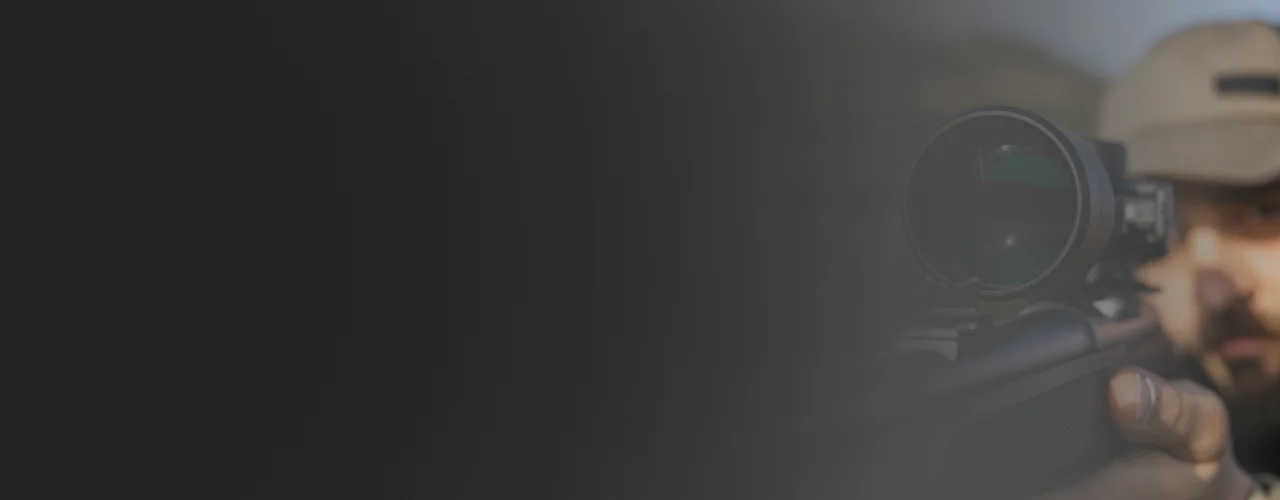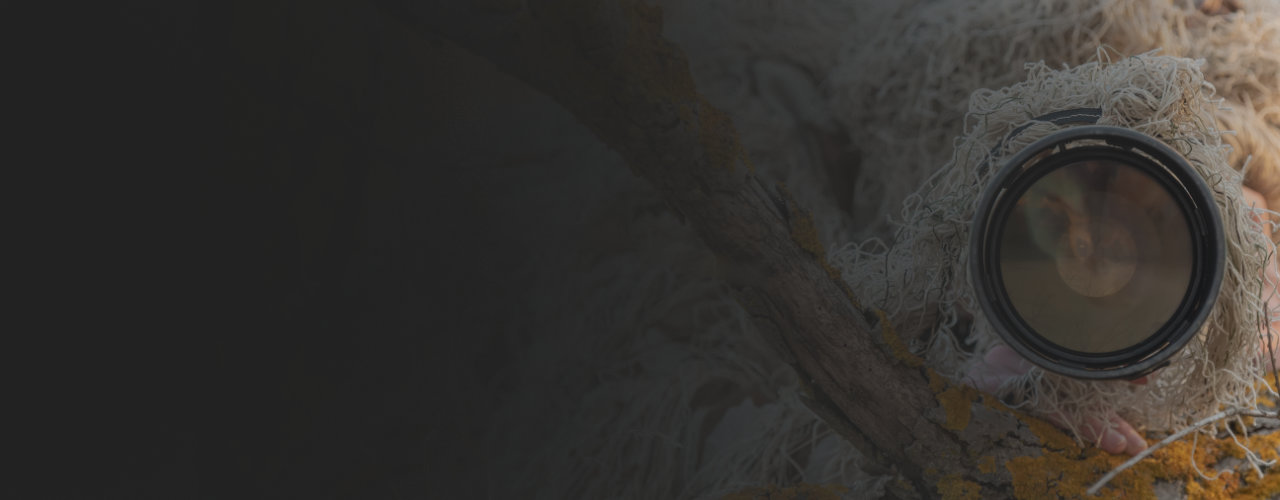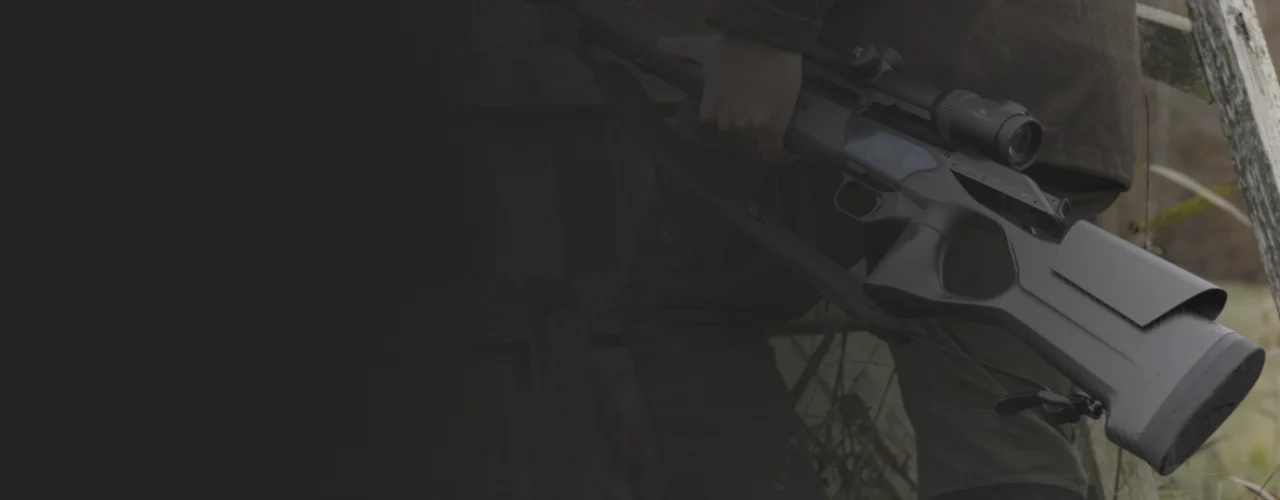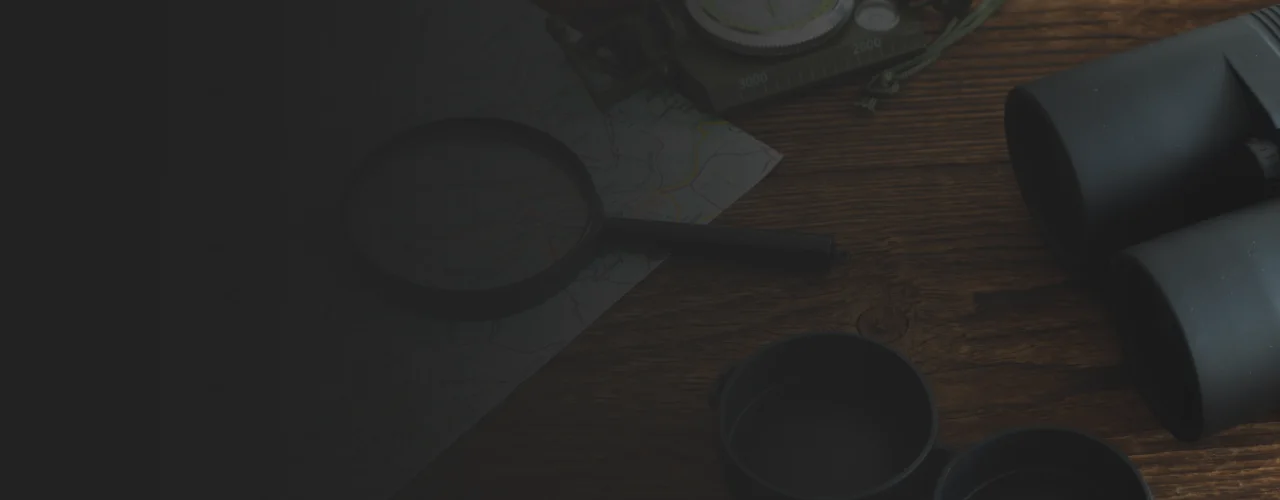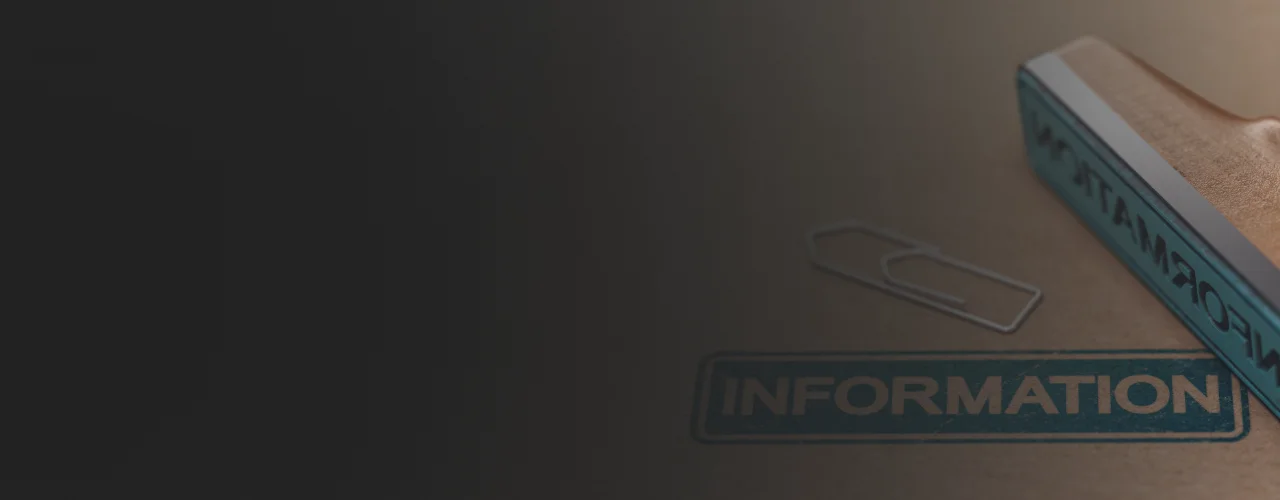The use of aspherical lenses leads to a reduction in the overall length of the binoculars and in some cases to a significant reduction in weight.
The interpupillary distance is the optimum distance between the eyepiece lens and the pupil of the eye.
In addition to the twilight number, the binocular exit pupil at the eyepiece of the binoculars is also very important for seeing in twilight (twilight vision).
1 MOA (one minute of angle or minute of angle) is 1/60th of a degree of angle.
With the help of a simple coating, this loss of light transmission (transmission loss) is reduced to 1.5%, for example. This already increases the amount of light that reaches your eyes to around 80%.
The image produced by a lens objective has a spherical error by nature. This error can be corrected using appropriate optical elements.
The main difference between the roof edge and the Porro system is the roof edge, where one of the reflective surfaces resembles a house roof (see picture below).
In order to be able to recognise details over long distances even in twilight, binoculars with high magnification and corresponding twilight performance (e.g. 10×56 or 8×56) are recommended.
When the reticle is in the 1st focal plane, the reticle simply enlarges with the magnification adjustment.
The reticle in the 2nd focal plane does not simply magnify when looking through the optical sight.
Unfortunately, fine details such as the light unit are often skimped on. And this has far-reaching consequences! Not so with DDoptics.
The dioptre correction on the eyepiece is used to compensate for different visual acuities of the eyes.







